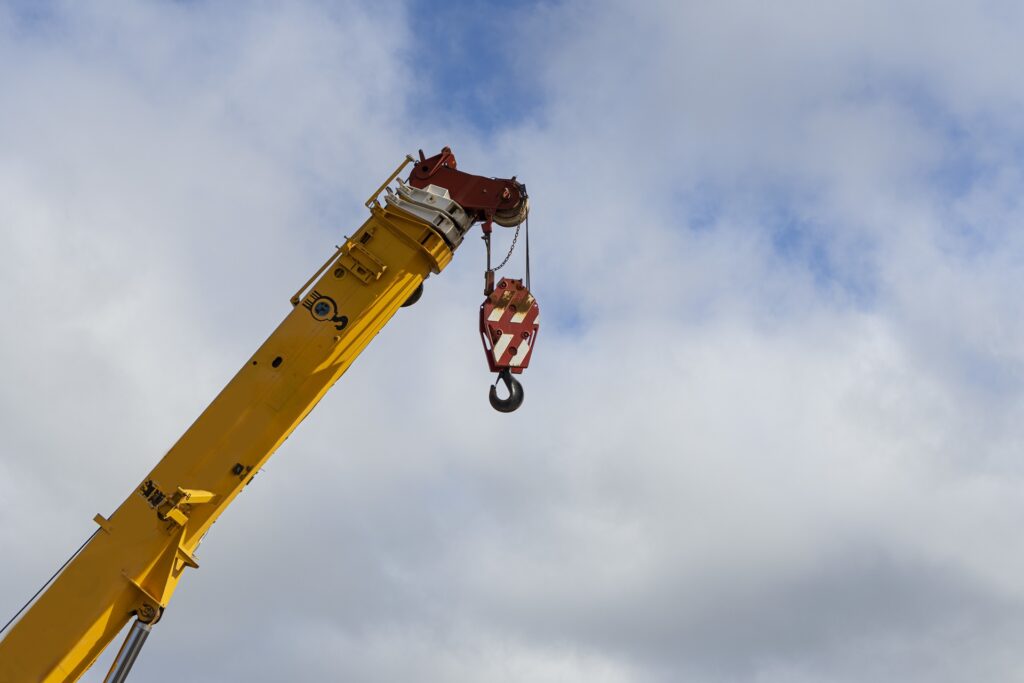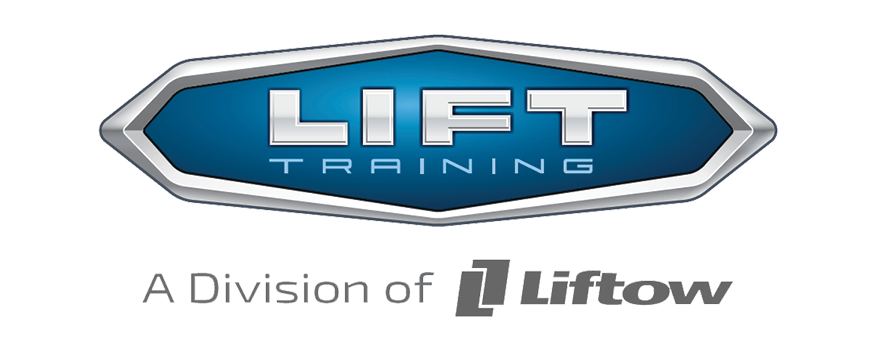
Rough terrain cranes are powerful machines designed to lift heavy loads in challenging environments. They are used in construction sites, oil fields, and other rugged locations where the ground is uneven. These cranes are built to handle tough jobs, but they also come with unique safety concerns.
Operating a rough terrain crane requires careful planning and strict adherence to safety protocols. The crane must be handled by trained professionals who understand the risks involved. Even small mistakes can lead to accidents, causing injuries or damage to property. Knowing how to operate these cranes safely ensures the job gets done efficiently without compromising on safety.
Safe operation involves more than just knowing how to handle the crane. Regular inspections, proper maintenance, and understanding the machine’s capabilities are all crucial components. This blog will explore essential tips for safe and efficient rough terrain crane operation, helping you and your team stay safe while maximizing productivity.
Understanding Rough Terrain Cranes
Rough terrain cranes are specially designed to work in challenging environments. They have large, rugged tires and a robust suspension system that helps them move over uneven and rocky ground. Unlike other cranes that require stable and smooth surfaces, rough terrain cranes can operate in conditions where other machinery might struggle.
These cranes are equipped with telescoping booms, which allow them to extend and lift heavy loads at various heights. The cab and controls are mounted on a rotating superstructure, giving the operator full visibility and the ability to swivel the boom 360 degrees. Rough terrain cranes are typically used in construction sites, oil fields, and remote areas where accessibility is an issue.
Understanding how these cranes function is critical for safe operation. Knowing the crane’s load capacity and limits helps prevent overloading and accidents. Different jobs require different crane settings, so operators must be familiar with adjusting the crane for different tasks. The stability of the crane is another important factor. Properly extending the outriggers and ensuring they’re on firm ground will keep the crane balanced while lifting heavy loads.
Safety Tips for Handling Rough Terrain Cranes
1. Conduct Pre-Operation Inspections: Before using the crane, inspect it thoroughly. Check for any visible wear and tear on the cables, hooks, and other critical components. Make sure all control systems are functioning properly.
2. Verify Load Limits: Always verify the load limits of the crane and ensure that the weight of the load does not exceed these limits. Overloading can cause the crane to tip over or malfunction.
3. Use Proper Lifting Techniques: Ensure the load is securely attached and balanced. Avoid sudden movements when lifting or lowering loads. Use a spotter to guide the operation if needed.
4. Maintain Clear Communication: Keep in constant communication with all team members involved in the lifting process. Use hand signals or radios to coordinate moves and avoid misunderstandings.
5. Stabilize the Crane: Extend the outriggers fully and ensure they are on stable ground before lifting a load. Avoid operating on slopes or unstable surfaces that could cause the crane to tip over.
6. Follow Speed Limits: Operate the crane at safe speeds. Moving too quickly can cause the load to swing, leading to accidents or damage.
7. Wear Safety Gear: Operators and workers should wear appropriate safety gear, including hard hats, gloves, and high-visibility vests. This helps protect them in case of an accident.
8. Provide Proper Training: Make sure all operators are trained and certified to use the rough terrain crane. Regular training updates should be provided to keep everyone informed about the latest safety protocols.
Efficient Operation Techniques
Efficient operation of rough terrain cranes helps to complete tasks swiftly and safely. First, understanding the terrain is crucial. Assess the ground conditions before starting any lift to identify potential hazards like soft spots or slopes. Preparing the ground as much as possible will make the crane’s operation smoother and safer.
Next, plan your lifts carefully. Map out the crane’s movements and ensure there’s a clear path for each lift. This avoids the need for last-minute adjustments, reducing the chances of errors. Proper planning includes knowing the precise weight of the load and the radius at which it will be lifted. This ensures the crane is set up optimally, and the boom length and angle are appropriate for the lift.
Also, use slow and steady movements. Quick or jerky actions can cause the load to swing, increasing the risk of accidents. Smooth and controlled movements keep the load steady and make the operation safer and more efficient. Having a clear communication system in place, like radios or hand signals, ensures that everyone involved in the operation is on the same page and reduces the risk of miscommunication.
Importance of Regular Maintenance and Inspections
Regular maintenance and inspections are key to keeping rough terrain cranes in top working condition. Scheduled maintenance can catch minor issues before they become major problems, ensuring that the crane is always safe and reliable. Performing regular check-ups on critical components, such as the boom, hydraulic systems, and tires, helps to avoid unexpected breakdowns that can cause delays and accidents.
Daily and weekly inspections should cover the basics like checking fluid levels, looking for leaks, and inspecting cables and hooks for wear. These frequent checks help to identify issues early and keep the crane running smoothly. Addressing small problems immediately can prevent them from becoming costly repairs later.
Annual inspections by certified professionals are also crucial. These thorough examinations ensure that all parts of the crane meet safety standards and regulations. Inspectors look at structural integrity, mechanical systems, and electrical components. Their expertise can identify hidden problems that everyday checks might miss.
Benefits of regular maintenance and inspections include extending the lifespan of the crane, ensuring safety, and maintaining high productivity levels. A well-maintained crane operates more efficiently, reducing downtime and increasing the overall efficiency of your projects.
Conclusion
Operating rough terrain cranes safely and efficiently requires attention to detail and adherence to best practices. By understanding how these cranes work, following strict safety guidelines, employing efficient operation techniques, and committing to regular maintenance, you ensure a safer work environment.
Proper planning and controlled operation help in maximizing the crane’s efficiency. Regular inspections and maintenance keep the equipment in good condition, preventing accidents, and extending its lifespan. This comprehensive approach to crane operation benefits both the workers and the project’s success.
For more expert guidance and to ensure your team is well-trained in crane safety standards, contact LIFT Training. Our services provide the essential training and certification to keep your operations safe and compliant. Reach out to us today to learn more about how we can help you achieve the highest standards in crane safety and efficiency.
